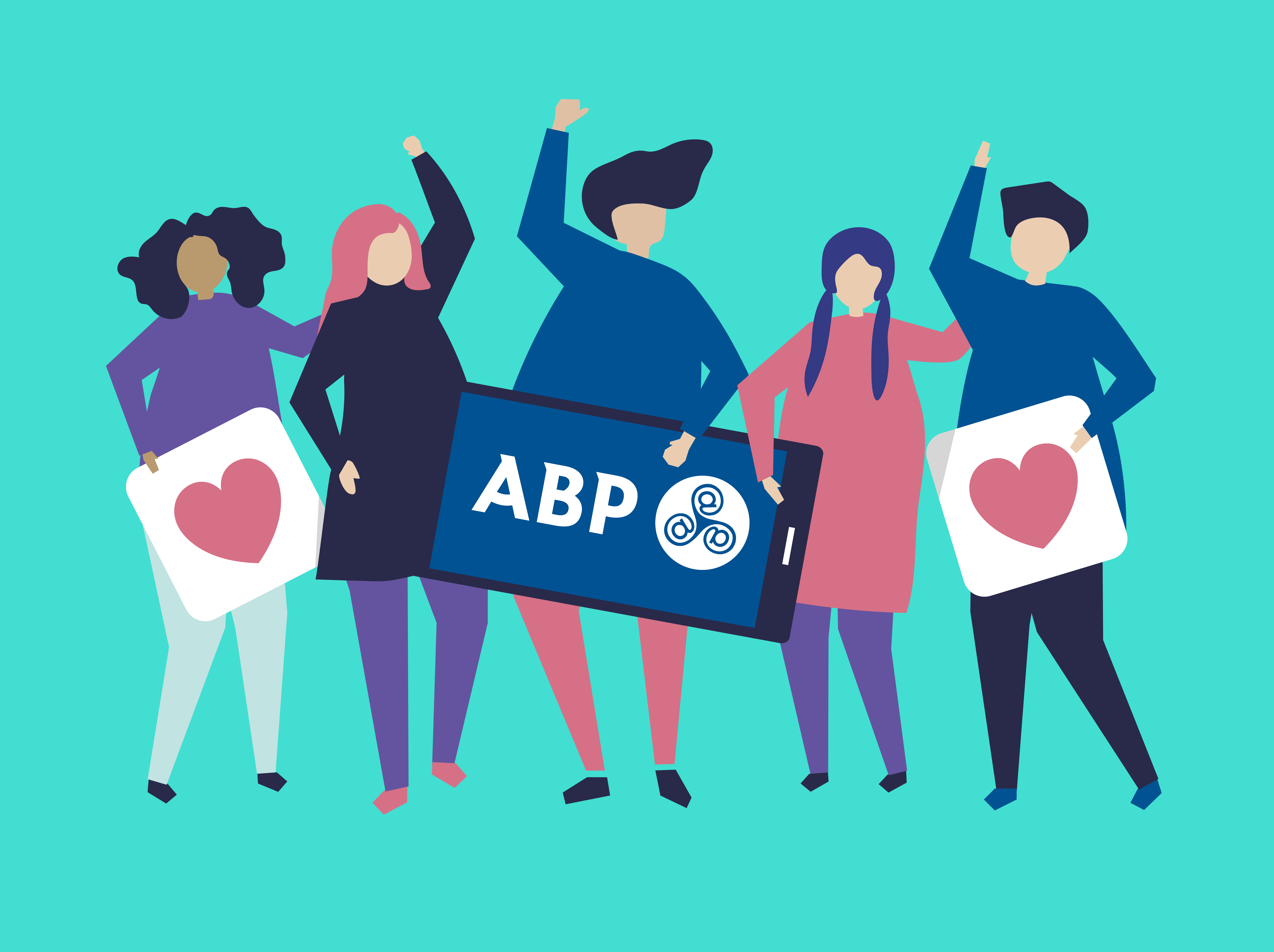The National Eisteddfod returns to Cardiff, the sixth time for Europe’s greatest amateur arts festival to visit Wales’s Capital City. It brings with it pageantry, colour and happy mix of performing and creative arts. Competitions begin tomorrow (Saturday).
The National Eisteddfod returns to Cardiff, the sixth time for Europe's greatest amateur cultural festival to visit Wales's Capital City. It brings with it pageantry, colour and happy mix of performing and creative arts. Competitions begin tomorrow (Saturday).
It will find a Cardiff more self-confidently Welsh than when it last came in 1978, a city whose historic language is in a state of vibrant renewal. Tonight, in the main Eisteddfod pavilion a capacity audience helped celebrate 30 years of Welsh medium secondary education in the city. In a few years a third Welsh secondary school will open.
Aftr the summer holidays, there will be a total of 18 Welsh medium primary schools with over 20 per cent of the children gebinning their education attending Welsh schools
The Eisteddfod embraces all aspects of the arts in Wales, yet the celebration of poetry and literature remains its main raison d'être.
Once it was a gathering of poets, who set standards and competed with one another in the traditional Welsh metres - serious, satiric to the downright defamatory. The patronage of princes had long ceased but the poets hung on, reduced to gathering in long rooms of public houses until the mid-19th century when the Welsh choral tradition came to assert itself.
Big choirs needed big premises and the Eisteddfod moved into the chapels and became respectable – although the poets retained a liking for pubs.
The poet remains the crème-de-la-crème of the Eisteddfod hierarchy. English poets, who sometimes condescend to cross the border and take a look at what the Eisteddfod is all about turn ovate green at the sight of a poet being feted on winning the chair or crown – the two principle awards – entertained by dancers, paraded among the Druidic Gorsedd of Bards, and wildly applauded by the many thousands packed into the Eisteddfod pavilion.
A welcome for Bretons
The Gorsedd, which has since spread its influences to Brittany and Cornwall, was the creation of a remarkable genius, Edward Williams (Iolo Morganwg), a learned stonemason who claimed he was the last in a line of ancient Druids. His creation owes more to the principles of early French Revolutionaries than to what is known about the Druids.
Eisteddfodwyr look forward to meeting friends from Brittany at the Kembre-Breizh stand and seeing Brittany represented at the main Chairing and Crowning ceremonies along with representatives of the other Celtic nations.

Commentaires (0)
Aucun commentaire pour le moment. Soyez le premier à réagir !